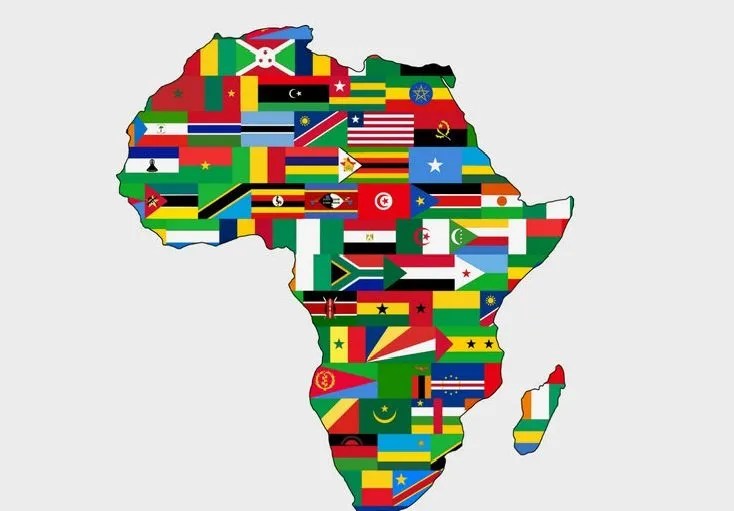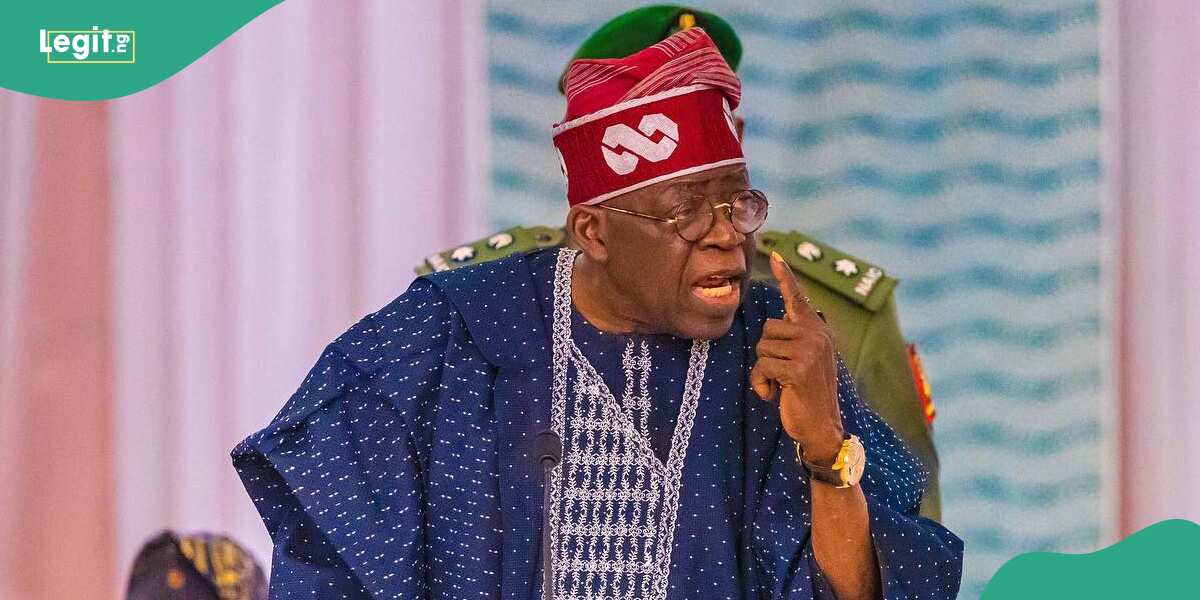
Despite its abundance of natural resources, Africa remains the world’s poorest and least-developed continent (aside from Antarctica). This is due to a variety of factors, including corrupt governments that have frequently committed serious human rights violations, failed central planning, high levels of illiteracy, recurrent tribal and military conflict, a lack of access to international capital (starting from guerrilla warfare to genocide). Its total nominal GDP remains lower than that of the US, China, Japan, Germany, the UK, India, and France.
Notwithstanding this, there are still African countries enacting policies and practices that ensure their long-term development. These economic policies/practices are always key to the development of any country, be it African or otherwise. So in this article, we would be looking at the countries ranked 1-10 in Africa.
This article examines the GDP of Africa’s ten most developed countries of which some of the countries on this list are listed amongst the richest African countries as at 2024. In this article, the human development index is used to rank the most developed countries.
A variety of indices, including the gross development product (GDP) in its various forms, could be used to assess a country’s progress. The human development index, on the other hand, is the globally accepted measure of development. The human development index, unlike GDP and other economic indicators of a country’s development, is a summary measure of average achievement in key dimensions of human development: Knowledge, a respectable level of living, and a healthier and longer life. It is a standard method of not only measuring a country’s well-being, but also of determining whether the country is developed, developing, or underdeveloped, and of measuring the impact of economic policies on quality of life.
The gross domestic product (GDP) is indeed a monetary measure of the value of all the final products and services generated by a country over a period of time. The per capita GDP is the ratio of GDP to the total population of the region, and it is also known as the Mean Standard of Living.
Based on this, the top ten developed countries in Africa are;
| S/N | Countries | Nominal GDP (Billion USD) | GDP per capita (USD) |
| 1 | Mauritius | 10.91 | 9061.28 |
| 2 | Seychelles | 1.12 | 14086.96 |
| 3 | Algeria | 145.16 | 3815.25 |
| 4 | Tunisia | 39.24 | 3574.07 |
| 5 | Botswana | 15.78 | 6525.51 |
| 6 | Libya | 25.42 | 4046.63 |
| 7 | South Africa | 301.92 | 5121.04 |
| 8 | Egypt | 363.10 | 4028.42 |
| 9 | Gabon | 15.59 | 6856.12 |
| 10 | Morocco | 112.87 | 3126.96 |
Only Mauritius falls into the category of very high development among these ten countries. Other countries, with the exception of Morocco, fall into the medium development category are classified as having high development.
Furthermore, all North African countries, with the exception of Sudan, are ranked among the top ten most developed countries in the world based on their human development index (HDI).
Top 10 Most Developed Countries in Africa (2024)
1) Mauritius (10.91 Billion USD)
Mauritius, officially the Republic of Mauritius, is an island nation in the Indian Ocean about 2,000 kilometers east of Madagascar, off the southeast coast of the African continent.
Mauritius’ people are ethnically, culturally, linguistically, and religiously diverse, owing to the island’s geographic location and centuries of colonialism. Mauritius is a high-ranking country in terms of economic and political freedom, as well as the only African country with full democracy.
Mauritius has progressed from a low-income, agriculture-based economy to a high-income, diversified economy based on tourism, textiles, sugar, and financial services since its independence from Britain in 1968. These sectors contribute to the country’s GDP of $10.91 billion. From the time of independence, Mauritius’ economic history has been termed “the Mauritian Miracle” as well as “Africa’s Success.”
2) Seychelles (1.21 Billion USD)
Seychelles, officially the Republic of Seychelles, is an archipelago of 115 islands in the Indian Ocean near the eastern edge of the Somali Sea.
Since the country’s independence in 1976, its per capita output has increased to roughly seven times the previous near-subsistence level. Its GDP is US$1.2 billion, with growth led by the tourist sector, which employs approximately 30% of the labour force, compared to agriculture, which employs approximately 3% of the labour force today. Despite the growth of tourism, farming and fishing, as well as industries that process coconuts and vanilla, continue to employ some people.
Seychelles now has the highest nominal per capita GDP of any African country. The World Bank classifies it as one of only two African countries with a high-income economy (the other being Mauritius).
3) Algeria (145.16 Billion USD)
Algeria, officially the People’s Democratic Republic of Algeria, is a country in North Africa’s Maghreb region. The country is the largest in Africa and the Arab world by total area, and it is bounded to the northeast by Tunisia, to the east by Libya, Niger is to the southeast, Mali, Mauritania, and Western Sahara are to the southwest, Morocco is to the west, and the Mediterranean Sea is to the north.
It has the highest Human Development Index of any non-island African country and one of the continent’s largest economies, based primarily on energy exports. Algeria’s GDP is $1.2 billion. Hydrocarbons have long been the economic backbone, accounting for roughly 30% of GDP, 60% of budget revenues, and 87.7% of export earnings.
Algeria has the 16th greatest oil reserves and the 9th largest natural gas field in the world.
4) Tunisia (39.25 Billion USD)
Tunisia, officially the Republic of Tunisia, is Africa’s northernmost country. It is located in North Africa’s Maghreb region, bordered by Algeria to the west and southwest, Libya to the southeast, and the Mediterranean Sea to the north and east.
Tunisia is an export-oriented country in the process of liberalizing and privatizing an economy that, while averaging 5% GDP growth since the early 1990s, has suffered from corruption benefiting politically connected elites.
Tunisia’s economy is diverse, ranging from agriculture to mining, manufacturing, and petroleum products, as well as tourism. It had a GDP of 39.24 billion US dollars in 2020.
The service sector contributes the most to Tunisia’s GDP, followed by industry and agriculture. Despite achieving an average of 5% growth over the last decade, Tunisia continues to face high unemployment, particularly among young people.
5) Botswana (15.78 Billion USD)
Botswana, officially known as the Republic of Botswana, is a landlocked country in Southern Africa bordered by South Africa to the south and southeast, Namibia to the west and north, and Zimbabwe to the north-east.
Mining, cattle, and tourism are the mainstays of the economy. Botswana’s GDP is $15.78 billion USD. Its relatively high gross national income per capita (fourth-largest in Africa, according to some estimates) provides the country with a relatively high standard of living and the highest Human Development Index of continental Sub-Saharan Africa.
6) Libya (25.42 Billion USD)
Libya, officially the State of Libya is a country in North Africa’s Maghreb region. It is bounded to the north by the Mediterranean Sea, to the east by Egypt, to the southeast by Sudan, to the south by Chad, Niger to the southwest, Tunisia to the northwest and Algeria to the west.
Libya had a GDP of $25.4 billion USD in 2020. Prior to 1958, agriculture was the country’s main source of revenue, accounting for roughly 30% of GDP. However, after the discovery of oil in 1958, the agricultural sector shrank dramatically, accounting for less than 5% of GDP.
The Libyan economy is primarily dependent on oil revenues, which account for more than half of GDP and 97 per cent of exports. Libya has the most proven oil reserves in Africa and contributes significantly to the global supply of light and sweet crude.
7) South Africa (301.92 Billion USD)
South Africa, officially known as the Republic of South Africa (RSA), is Africa’s southernmost country. South Africa is bounded to the south by 2,798 kilometers of coastline stretching along the South Atlantic and Indian Oceans; to the north by Namibia, Botswana, and Zimbabwe; and to the east and northeast by Mozambique and Eswatini, as well as by the enclaved country of Lesotho.
South Africa’s economy is mixed, and it is Africa’s second-largest after Nigeria. It has a nominal GDP of US$301.9 billion and a relatively high GDP per capita when compared to other Sub-Saharan African countries. Despite this, South Africa continues to have a relatively high rate of poverty and unemployment, and it is also one of the top ten countries in the world when it comes to income disparity, the Gini coefficient is a good indicator.. The service, manufacturing, and mining sectors are major contributors to South Africa’s GDP.
8) Egypt (363.10 Billion USD)
Egypt, officially known as the Arab Republic of Egypt, is a transcontinental country that spans the northeastern corner of Africa and the southwest corner of Asia. It is bounded to the north by the Mediterranean Sea, to the northeast by the Gaza Strip (Palestine) and Israel, to the east by the Red Sea, Sudan is to the south, and Libya is to the west.
Egypt is regarded as a regional power in North Africa, the Middle East, and the Muslim world, as well as a global middle power.
It has a diverse economy that is the second-largest in Africa, the 33rd-largest in nominal GDP, and the 20th-largest in PPP terms.
Egypt’s GDP is $363.10 billion, which is driven by agriculture, media, petroleum imports, natural gas, and tourism.
After a period of stagnation, economic conditions have begun to improve significantly as a result of the government’s adoption of more liberal economic policies, as well as increased revenues from tourism and a thriving stock market.
9) Gabon (15.59 Billion USD)
Gabon, officially the Gabonese Republic, is a country on Central Africa’s west coast. Gabon is located on the equator and is bounded to the northwest by Equatorial Guinea, to the north by Cameroon, to the east and south by the Republic of the Congo, and to the west by the Gulf of Guinea.
Gabon is one of the most prosperous countries in Sub-Saharan Africa, with the fifth-highest HDI in the region (after Mauritius, Seychelles, Botswana, and South Africa) and the fifth-highest GDP per capita (PPP) in the entire continent (after Seychelles, Mauritius, Equatorial Guinea and Botswana). Its GDP is $15.59 billion USD. However, due to income inequality, a sizable portion of the population remains impoverished.
The economy of Gabon is dominated by oil. Oil revenues account for approximately 46 percent of the government’s budget, 43 percent of GDP, and 81 percent of exports. Oil production is currently falling rapidly, having peaked at 370,000 barrels per day in 1997. According to some estimates, Gabonese oil will be depleted by 2025. Despite declining oil revenues, planning for an after-oil scenario is only now beginning.
The economy is heavily reliant on extraction, but primary materials are plentiful. Prior to the discovery of oil, the Gabonese economy was based on logging. Today, logging and manganese mining are the two most important sources of income. Recent explorations have led to the discovery of the world’s largest unexploited iron ore deposit. Remittances from family members in urban areas or subsistence activities provide income for many who live in rural areas without access to employment opportunities in extractive industries.
10) Morroco (112.87 Billion USD)
Morocco is the northwesternmost country in North Africa’s Maghreb region, officially known as the Kingdom of Morocco. It has land borders with Algeria to the east and the disputed territory of Western Sahara to the south, and it overlooks the Mediterranean Sea and the Atlantic Ocean to the north and west, respectively.
Morocco has maintained a relatively stable political environment since its independence. It has Africa’s fifth-largest economy and significant clout in both Africa and the Arab world.
Morocco’s economy is regarded as relatively liberal, with supply and demand governing the country’s economy. Since 1993, the country has pursued a policy of privatization of previously state-owned economic sectors.
Morocco has emerged as a major player in African economic affairs, with the fifth-largest economy in Africa in terms of GDP (PPP). Morocco’s GDP is $112.87 billion USD. The services sector accounts for slightly more than half of GDP, with industry (mining, construction, and manufacturing) accounting for the remaining quarter. Tourism, telecommunications, information technology, and textiles saw the most growth.
Africa, recognizing its agriculture and natural resource opportunity could be significant pillars of the continent’s economic and development transformation, contributing to major continent priorities such as eradicating poverty and hunger in the region, boosting infra-Africa trade and investment, sustainable resources, promoting industrialization, creating jobs, human security, environmental management, and continent prosperity.




